Functionally, scars are relatively harmless. Aesthetically, they may be practically invisible. They may cause pain and itching. But are there hidden dangers lurking behind those scars?
What is a Scar?
Scars are a result of the body’s remarkable innate potential and power to heal itself. A mark or disfigurement is left after an injury to tissue. A scar develops after the deep layer of skin, called the dermis, is damaged. New collagen fibers are laid down at the site of the wound to repair the tissue. These collagen cross-links form in a random and unorganized pattern, forming adhesions underneath the scar or injury site of the body.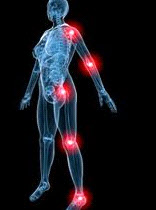
These adhesions can occur at the tissue site or even deep within the body, attaching to internal structures. These deep connections can form tight or binding attachments and thereby limit the mobility and movement within the structure of the skeletal system.
These adhesions bind the body’s connective tissue, known as the fascial system. Our body’s fascia surrounds and connects every muscle, bone, tendon, organ, and cell in our body. Imagine, a single pull on your fascial tissue can misalign or cause imbalance in any system of body.
Why Scars Can be the Culprit for Pain and Dysfunction in the Body
Adhesions develop underneath the scar tissue and connect structures together that are not supposed to be connected. These are the internal scars that form when the body is healing itself from any kind of injury, surgery, infection, trauma or inflammation. These connections pull the body’s fascia so that it acts like a straight jacket or compression garment around the muscles and nerves, which can cause loss of movement or pain. These adhesions can also wrap around and pull on organs, and this can cause disease or life threatening issues.
Surgery is the leading cause of adhesions in the body. Digestive Surgery reported that 90% of patients with abdominal surgery developed adhesions. Consider how many women have undergone one of these common abdominal surgeries: c-section, appendectomy, hysterectomy, plastic surgery, gastric bypass, back or hip, abortion, bowel repair, or laparoscopy.
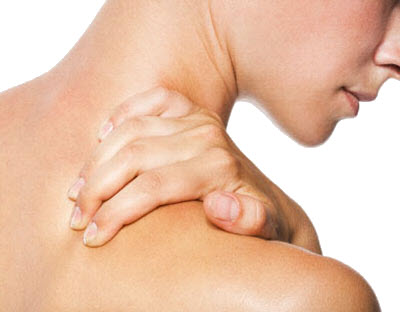 The scars and adhesions create a negative impact no matter where they are located on the body, but there are certain connections between a scar/adhesion’s location and chronic pain that therapists have made. For example, if a woman has a scar on the abdominal region, it’s common that this scar and internal adhesions can result in pain in either the low back or neck and shoulders.
The scars and adhesions create a negative impact no matter where they are located on the body, but there are certain connections between a scar/adhesion’s location and chronic pain that therapists have made. For example, if a woman has a scar on the abdominal region, it’s common that this scar and internal adhesions can result in pain in either the low back or neck and shoulders.
The reproductive system is often negatively impacted when there is abdominal scarring, due to its proximity to that scarring. The adhesions can connect to the uterus, ovaries, and fallopian tubes, which can cause pain and infertility.
Surprisingly, scars can also be the culprit for sexual pain and dysfunction, along with lack of libido or orgasms. A scars constant pull on the fascia can also cause inflammation in tissues. The systems that function and don’t function properly are fairly easy for us to recognize. We either have pain or difficulty with a body system or we don’t.
One of the most common frustrations for women is knowing they never felt “right” after their c-section surgery, but not being able to understand why. I’ve talked about the significance of the fascial system, but there’s another important player in the connection between scars and pain … the energy flow in our bodies. Our bodies are electric!
Every single action that takes place is due to the bioelectricity that runs our nervous system. A scar simply impedes the proper flow of this electricity, causing an imbalance in the body like restrictions in the fascial system.
So…What’s a Woman to Do?
Until recently, the medical community has been primarily concerned with the sensitivity and appearance of scars, rather than the painful impact they can have on our bodies. However, more and more therapists and doctors are exploring new therapeutic approaches that attack scars from all angles. One particular approach, MPS Therapy (Microcurrent Point Stimulation), has given us a simple and profound way to treat scars based on the theories of Neural Therapy, and the combination of ancient Eastern medical practices and modern Western medical practices.
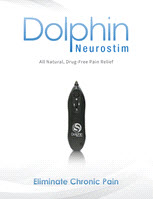 Often referred to as “needleless neural therapy,” MPS Therapy has taken the lead in this field. MPS uses an FDA approved AL-TENS unit, applying a gentle microcurrent around the scar sites, similar to surgical stitching. The scar and tissue site is changed instantly and becomes much softer and more pliable, also displaying improved circulation and flow through the tissue that you can actually see after just one treatment.
Often referred to as “needleless neural therapy,” MPS Therapy has taken the lead in this field. MPS uses an FDA approved AL-TENS unit, applying a gentle microcurrent around the scar sites, similar to surgical stitching. The scar and tissue site is changed instantly and becomes much softer and more pliable, also displaying improved circulation and flow through the tissue that you can actually see after just one treatment.
The most significant improvements in function to the body are reported after the initial treatment, resulting in improvements in body functions that the woman never would have considered was a result of a surgical scar!
Especially an old c-section scar that didn’t even hurt.


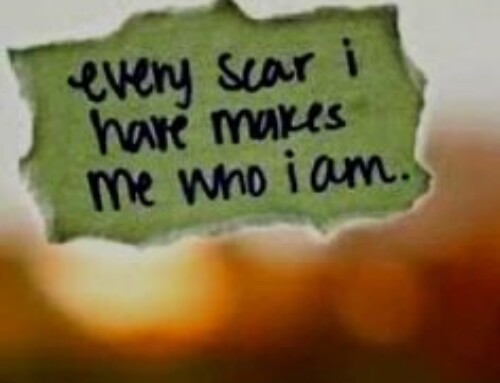
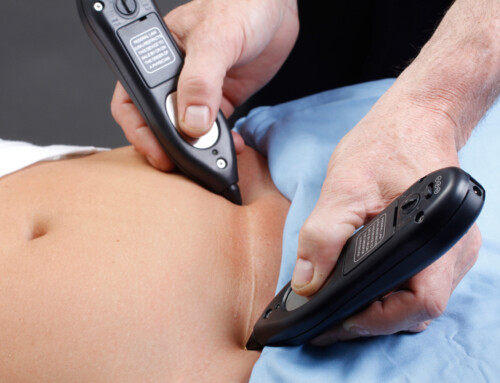
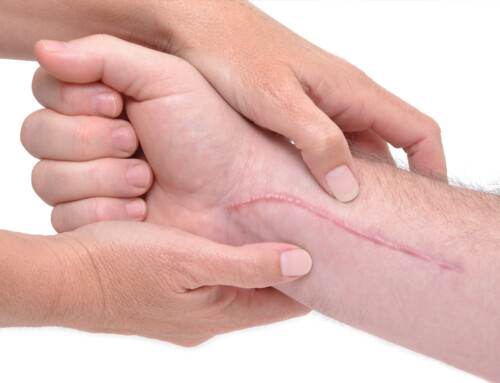
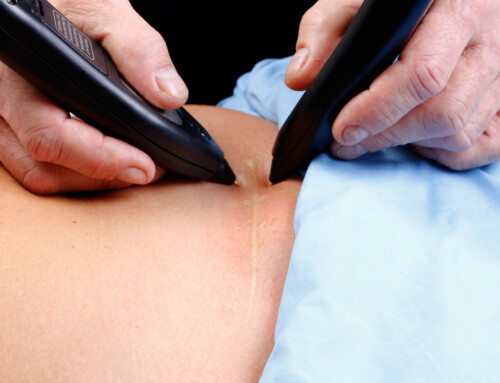
Greetings to you Kelly! The information in this article was fascinating. In my teens and mid twenties, I had a couple of surgeries and am certain scar tissue has developed. I am interested not only how this would be treated but where one goes for treatment. Are the units you mentioned for sale to the public or must the treatment be done by a professional such as yourself?
Respectfully,
Vicki
Hi Vicki!
MPS therapy uses a concentrated DC Microcurrent unit called the Dolphin Neurostim. There is a Scar Release Protocol that is used to treat scars or injured areas on the body. You can find a therapist that has specialized in this treatment technique or you can get a script from a doctor and purchase the device. You can learn to treat yourself! It is the best modality for pain relief I have ever used as a therapist.
I am a physician who has practice acupuncture for over 32 years. I have used many TNS machine before. I was so pleasantly surprised that the the Dolphin MPS hand held unit is so effective and simple to apply. I have now replaced more than half of my needles with this non needle method of treatment. It is particularly useful on acupuncture points on the sensitive part of the body such as finger tips. The finger tips are indeed very influential acupuncture points.
Although I have teach may acupunctures courses in Canada and abroad, I still benefited by taking a course last weekend with Ms. Kelly Armstrong.
I have chronic tightness in my calf that had failed to resolve with many conventional and alternative therapies. During the seminar, Kelly and Bruce theorized that my ankle operation scar and my appendix scar could have a lot to do with it. After a session of release MPS scar treatment, I can bend over and touch my fists onto the floor without the tightness hinderance of my calves.
Amazing, eye opening.
Dr. Fred Hui M.D.
Past president, Acupuncture Foundation of Canada.
Dr. Hui,
It was an honor to have you in our course for the weekend!
Our Scar Release Protocol makes a significant impact on the health and function of the body and the Dolphin Neurostim device in non-invasive and very powerful when used on acupuncture points. It is so exciting to hear that you are incorporating the device in your own practice.
Thank you for your input during the course. Everyone enjoyed it!
Kelly
I like what you guys are up also. Such clever work and reporting! Keep up the superb works guys I have incorporated you guys to my blogroll. I think it will improve the value of my site :).
I blog quite often and I seriously thank you for your content. This article has really peaked my interest. I am going to book mark your blog and keep checking for new information about once per week. I subscribed to your RSS feed too.
You are so awesome! I do not think I have read through anything like this before. So good to find someone with a few unique thoughts on this topic. Seriously.. thanks for starting this up. This website is something that’s needed on the internet, someone with a little originality!
Superb blog! Do you have any tips for aspiring writers?
I’m hoping to start my own website soon but I’m a little lost on everything.
Would you advise starting with a free platform like WordPress or go for
a paid option? There are so many options out there that I’m totally confused ..
Any suggestions? Thanks!
Great website. A lot of useful info here. I am sending it to several buddies ans additionally sharing in delicious.
And certainly, thank you for your effort!
It is so interesting how many of my patients have responded well when I started treating their scars. I have several patients that have had gastric bypass and treating the scars when the excess skin is taken off.
Hey Kelly, your blog is very informative. This has opened my eyes. MPS therapy seems to give results and is definitely worth trying. Thank you for your thorough information.
Sorry that it took me so long to get to this, but I needed a braek. I usually do! The lemonade was great, by the way. 🙂 How do you usually take yours? What do you drink?
I am basically covered in scars so reading this article was a bit painful, but knowing there’s at least one option for treating them makes me happy.
But are there any risks to MPS? I hope you don’t blame me if I’m a bit afraid of making it worse… it’s not just the appearance but most of my scars are in places I get chronic pain.
I feel like this article was a nicer read than the last one (sorry) because it gives me some hope that I can do anything about my scar. I am proud to bear it because not everyone can, but it still hurts.
I guess that’s kind of your point huh.
Thinking of everything in the body as being linked is a really helpful way to do it. It’s like a machine, eh? 🙂
Scars are one of the first things I mention to my doctor when I’m experiencing pain. I suppose I might actually get better solutions by asking an acupuncturist like yourself!
I have scars, some from when I was very young, that of course are never going to heal. So it’s easy to pin the blame for equally lifelong pains on them. It’s not always accurate, of course–
but you’re right. Scars mess with you, and you need to bite back a little bit.
Hi, Kelly! I’m really glad somebody has put this topic into the discussion, and that someone finally gave so detailed explanations. I had two c-section surgeries, and I followed recommendations for afterwards, as not to raise heavy objects, for example. But even besides that, I had a problem a year after the second surgery. I couldn’t do my fitness exercises properly, as I had a terrible pain and some kind of a blockage in lower abdominal, and I couldn’t even move properly. A friend of mine suggested trying MPS Therapy, and I tried. I felt much better even after the first session. A relief in my lower abdominal and around the scar was incredible. I’m back to my regular fitness hours and functioning as before the c-blocks. I’d highly suggest everyone to try with MPS, as you’ll feel much better, and your body will function without problems.
I am such a big fan of your blog your thoughts are scars and treating them are original and very insightful. Can’t wait to read more , Keep up the amazing work.
So good to hear that someone out there is concerned about the side of effects of scars and adhesion. Amazing post Kelly! Keep up the great articles!
Last year, my wife had a c-section. The scar is lighter now and it doesn’t hurt anymore, but when I touch it I can feel some bumps. I’m afraid it could cause her some problems. She already has frequent back and neck pains. Do you think your therapy could help her? Do you have a center with certified therapists so we can visit you? Thank you in advance for your answers!
You are very knowledgeable! I appreciate meeting someone in acupuncture who is a woman and very passionate about her work. Every kind of person exists somewhere, but you Kelly are a very special kind of person!!